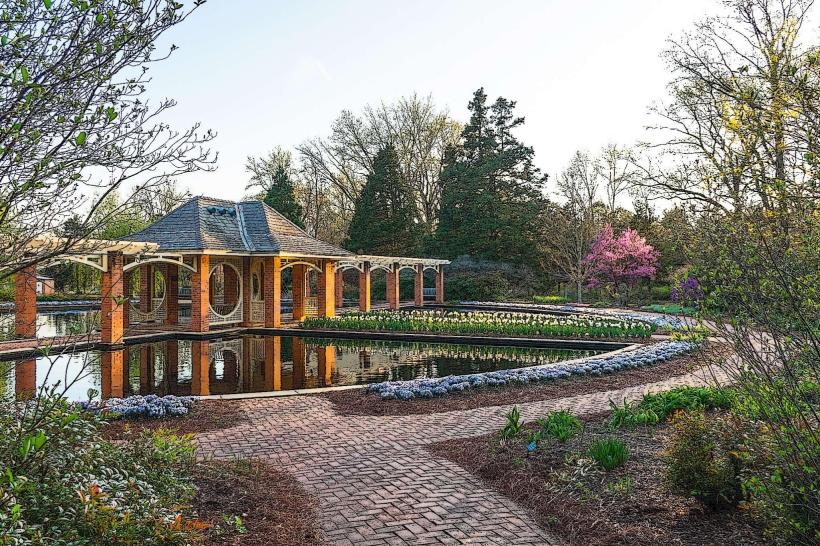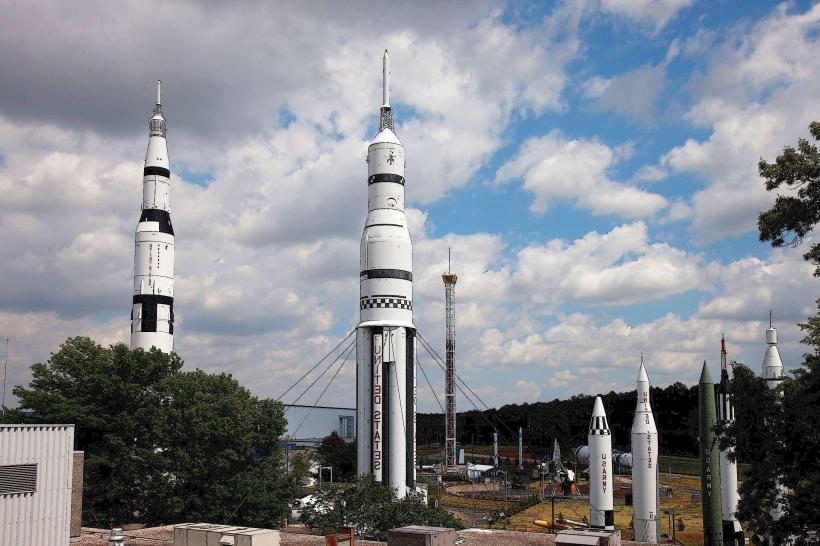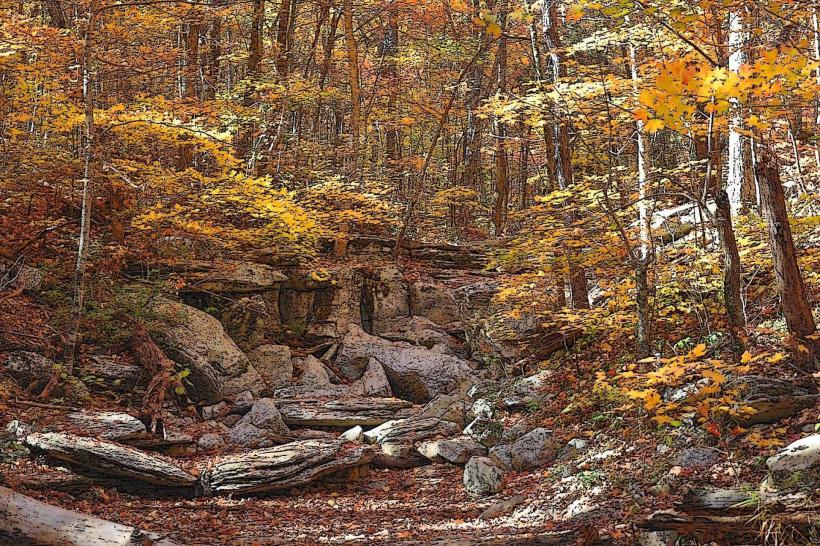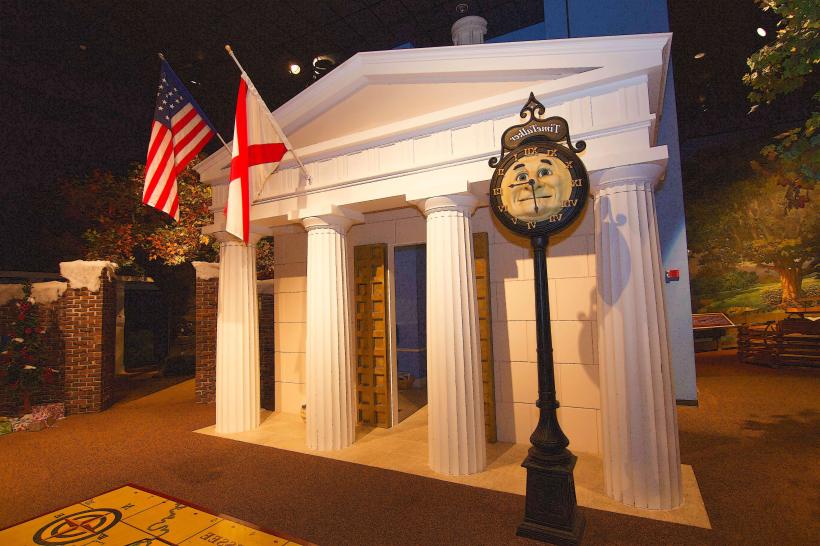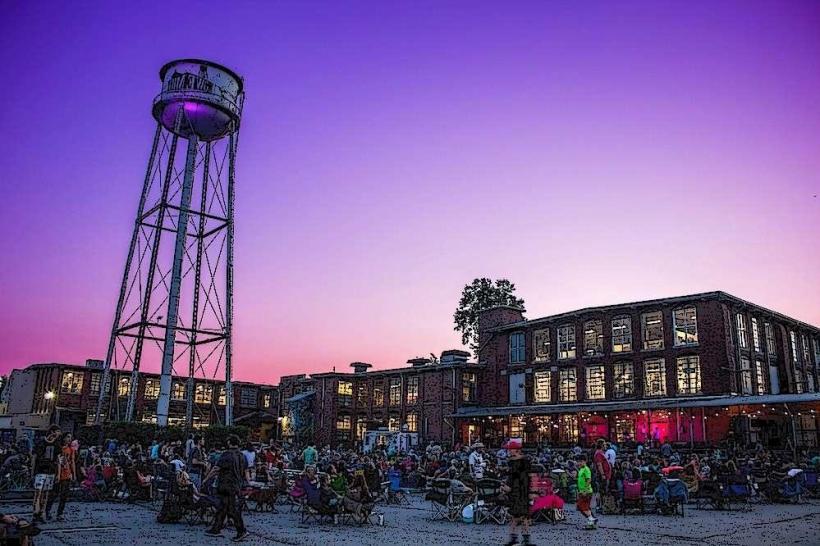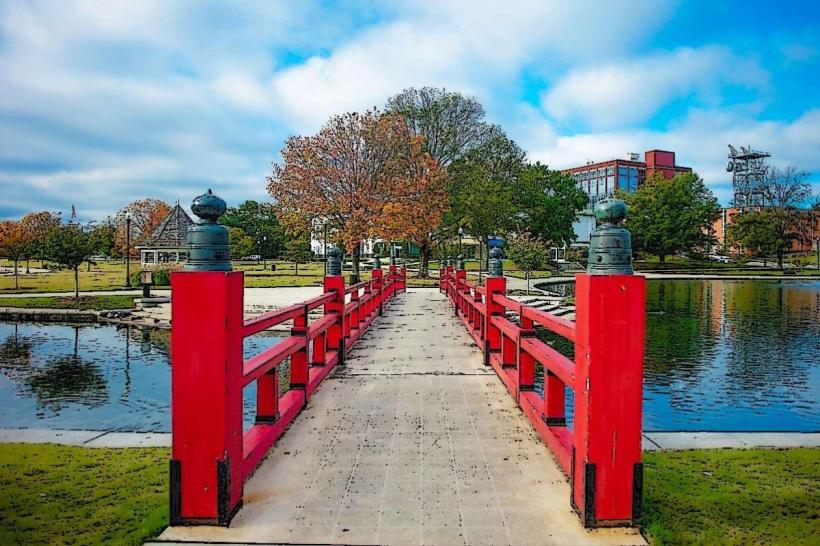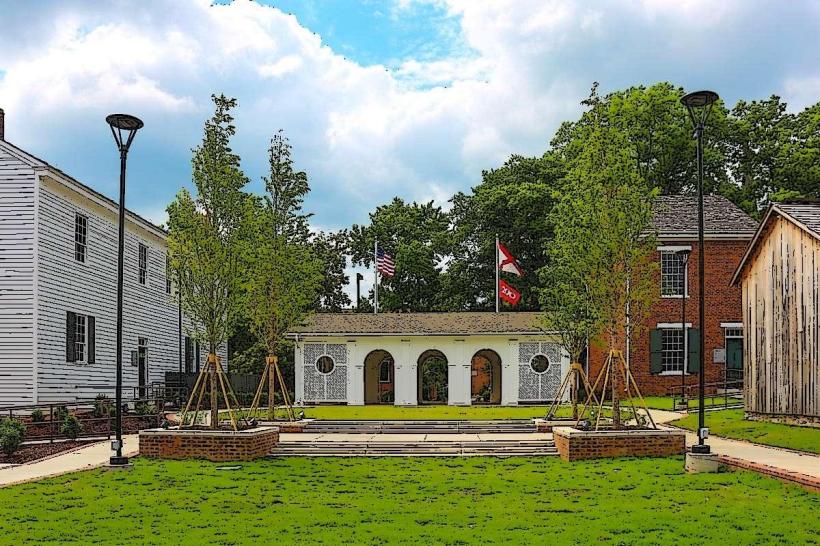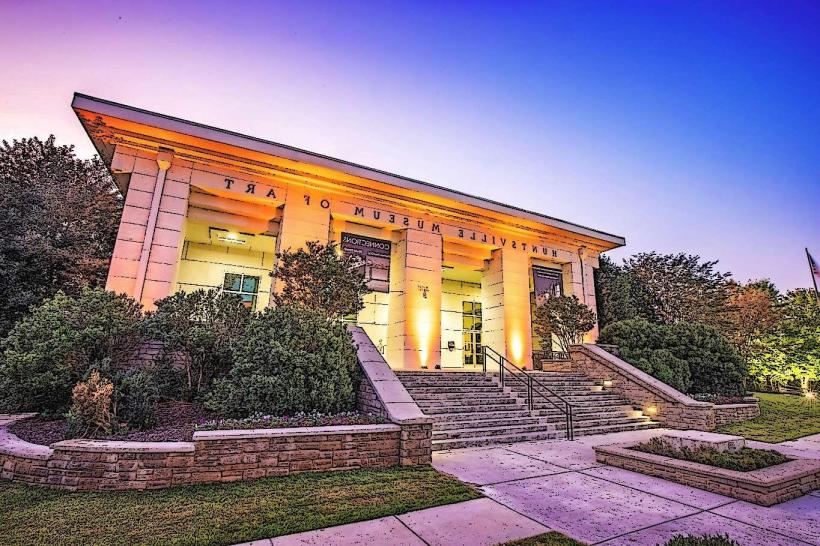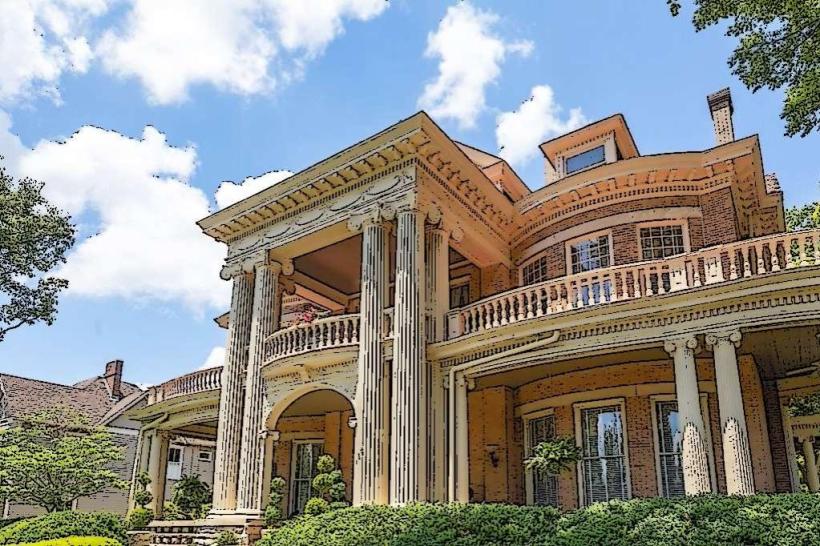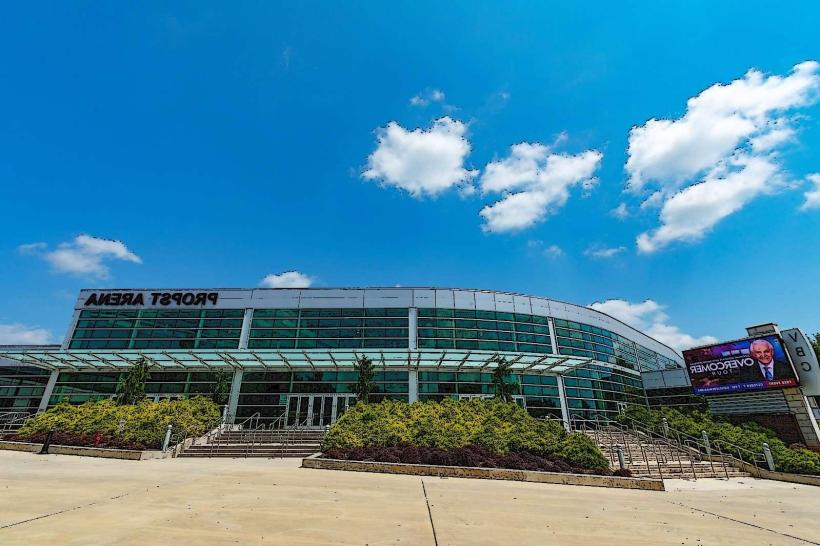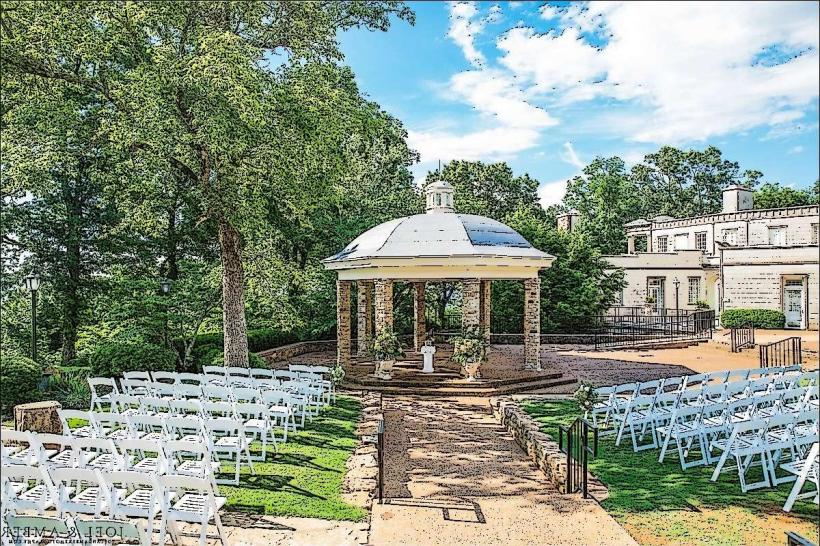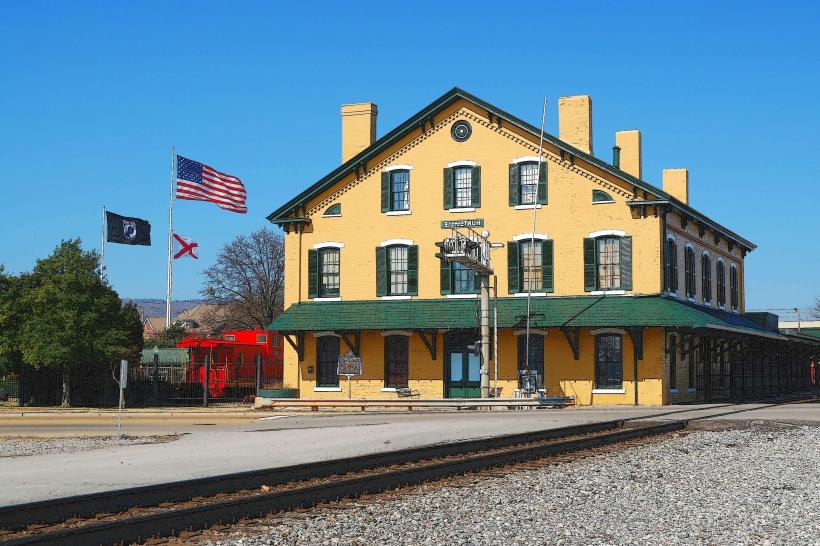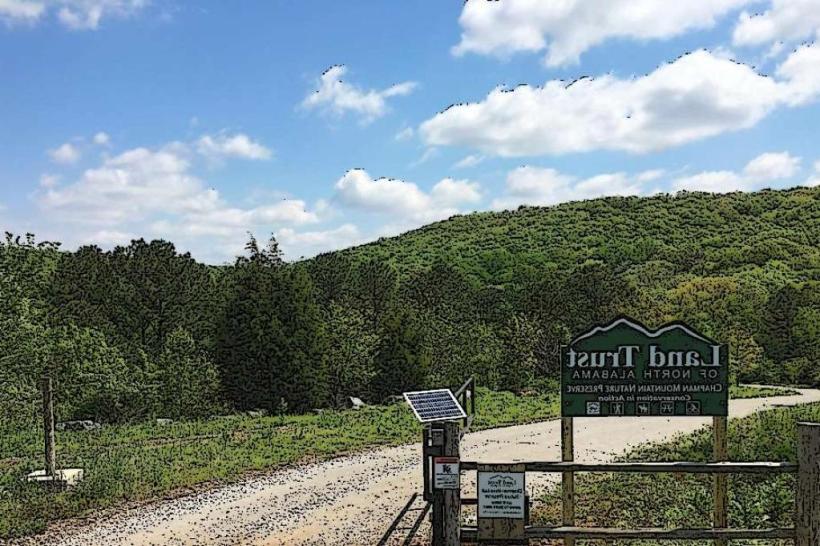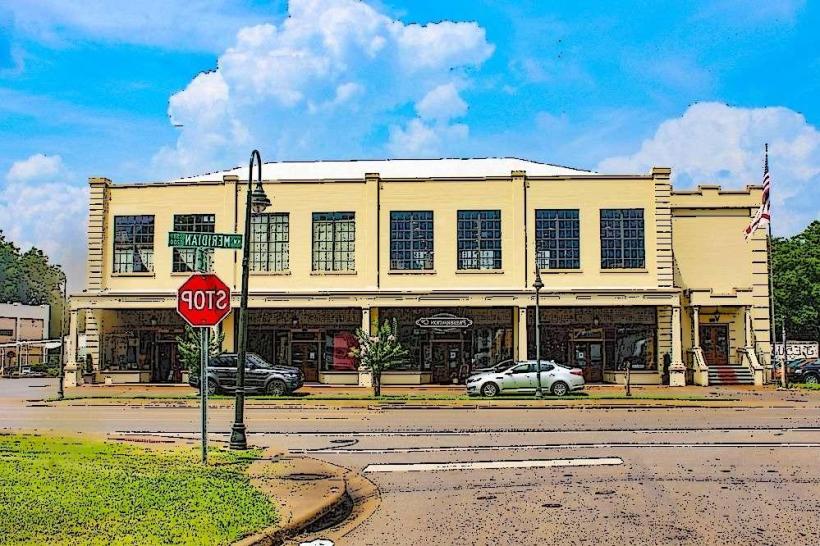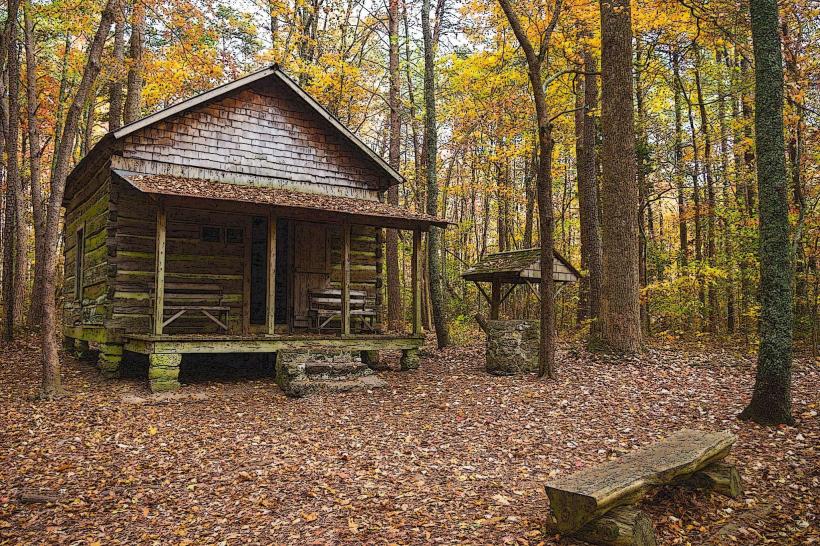Information
Landmark: Lincoln Mill and Mill VillageCity: Huntsville
Country: USA Alabama
Continent: North America
Lincoln Mill and Mill Village, Huntsville, USA Alabama, North America
Lincoln Mill and Mill Village in Huntsville, Alabama, represent one of the city’s most significant historic industrial and community sites. They illustrate Huntsville’s transformation from an agricultural center into a textile and manufacturing hub in the early 20th century, while also preserving the human story of mill workers and their families.
Historical Background
Lincoln Mill was established in 1900 by the Lincoln Textile Company, during a time when Huntsville was rapidly growing as a textile manufacturing city. By the 1920s, Huntsville was home to several large mills, with Lincoln Mill being one of the most prominent. It produced cotton goods, providing jobs for hundreds of workers and fueling the local economy.
During World War II, the mill transitioned from textiles to defense manufacturing, producing items vital to the war effort. This adaptation marked Huntsville’s early steps toward becoming an industrial and, later, aerospace city. The mill continued operation into the mid-20th century before closing in 1957.
Mill Village Layout
As with many Southern mill towns, Lincoln Mill was not just a factory but part of a self-contained community. The company built an adjoining mill village, which provided affordable housing and services for workers.
Residential Area: The village consisted of neat rows of modest cottages, usually one- or two-story wood-frame houses with simple porches. They reflected the practical, no-frills style of working-class housing in the early 1900s.
Community Services: The mill owners often supplied stores, schools, and recreational facilities, creating a sense of shared identity among workers.
Proximity to the Mill: The homes were located close to the mill itself, so workers could easily walk to their jobs.
The mill village fostered a close-knit culture, with church gatherings, social clubs, and neighborhood activities shaping the lives of residents.
Architecture and Preservation
The original Lincoln Mill building is a massive brick structure with industrial windows and utilitarian design, typical of early 20th-century textile plants. Portions of the mill still stand and have been repurposed into office space and creative studios, preserving its industrial heritage while giving it new life.
The mill village homes have also endured, though many have been updated over time. They still retain their historic grid layout and modest architectural character, offering a tangible link to Huntsville’s working-class past.
Cultural Significance
Lincoln Mill and its village highlight the interplay between industry and community life. Unlike Huntsville’s elite districts (such as Twickenham), the mill village shows how working families lived and adapted during the industrial era. It also illustrates Huntsville’s transition toward modern manufacturing, laying groundwork for the later arrival of Redstone Arsenal and NASA’s Marshall Space Flight Center.
Today’s Role
Lincoln Mill Campus: The renovated mill now houses technology companies, creative businesses, and event spaces. It serves as an example of adaptive reuse, blending historic preservation with contemporary needs.
Village Neighborhood: The residential area continues to be lived in, with preservation advocates emphasizing its importance as a cultural and architectural landmark.
Visitor Tips
The Lincoln Mill complex is located near downtown Huntsville and can be visited to admire the restored industrial architecture and creative spaces.
The mill village is still a residential neighborhood, best explored respectfully by driving or walking through to observe the historic cottages.
Architecture enthusiasts will appreciate the contrast between the massive brick mill and the smaller wooden homes that supported its workforce.
Lincoln Mill and Mill Village together preserve an essential chapter of Huntsville’s history-where industry, community, and resilience came together to shape the city’s identity long before rockets and space exploration defined it.

